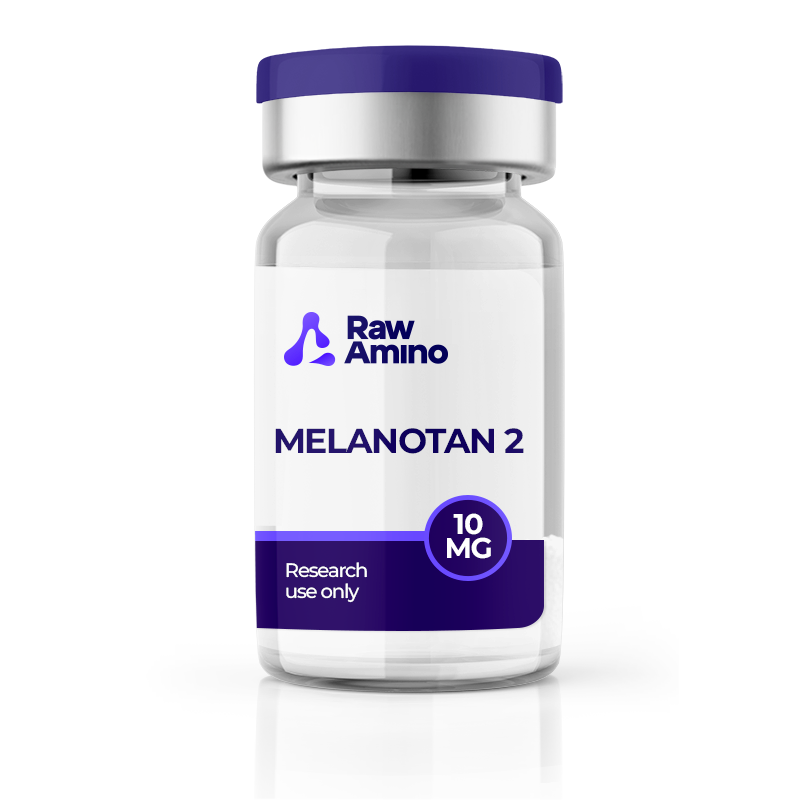
Melanotan 2 – 10MG
$50.00
Discount per Quantity
| Quantity | Discount | Price |
|---|---|---|
| 5 - 8 | 5% | $47.50 |
| 9 + | 10% | $45.00 |
Scientific Overview of Melanotan 2
Melanotan 2 is a synthetic analog of α-melanocyte-stimulating hormone (α-MSH). It is a cyclic heptapeptide that may engage several melanocortin receptors involved in pigmentation, appetite regulation, and certain neuroendocrine signals. Research suggests that Melanotan 2 functions as a non-selective melanocortin receptor agonist, with possible activity at MC1R, MC3R, MC4R, and MC5R. Its hypothesized roles span pigmentation pathways, neuronal signaling, and models of regenerative biology.
Alternative Names: MT-II
Melanotan 2 Studies and Research Data
Neuroprotective and Regeneration Models
In murine research involving peripheral nerve injury, Melanotan 2 was suggested to promote neurite outgrowth and partial sensory recovery. Exposure also appeared to mitigate neurotoxic effects from chemotherapeutic compounds. The underlying mechanism has been attributed to MC4R-related signaling, which may support neuronal resilience and enhance regenerative potential after injury.
Melanotan 2 and Sunless Pigmentation Models
Experimental models indicate that Melanotan 2 may stimulate melanogenesis by engaging MC1R in melanocytes, leading to increased eumelanin production. Reports describe darkened pigmentation in targeted dermal tissues without the need for ultraviolet exposure, highlighting its potential use in controlled photoprotection and pigmentation studies.
Behavioral and Neuroendocrine Pathways
Clinical investigations propose that Melanotan 2 may modulate arousal-related neurosignaling through hypothalamic circuits sensitive to MC4R activity. Findings suggest heightened responses compared to placebo, possibly linked with downstream dopaminergic and oxytocinergic activity. Additional experimental data point to involvement of MC5R in peripheral signaling, although the precise pathways remain uncertain.
Melanotan 2 and Neurodevelopmental Modulation
Work in specialized neurodevelopmental models suggests that Melanotan 2 may alter circuits governing social cognition. Its activity has been linked to enhanced oxytocin release in hypothalamic structures, which may influence cortical and subcortical connectivity. Researchers hypothesize that these mechanisms could adjust synaptic plasticity and neuronal communication in experimental systems.
Melanotan 2 has been investigated for its interactions with melanocortin receptors across a range of biological systems. Research themes include pigmentation, neuronal repair, neuroendocrine signaling, and behavioral modulation. While early evidence highlights diverse potential roles, mechanisms remain incompletely defined, and outcomes vary with context and model system.
References
- Wessells H, et al. Melanocortin receptor agonists, penile erection, and sexual motivation: human studies with Melanotan II. Int J Impot Res. 2000;12 Suppl 4:S74-9.
- Minakova E, et al. Melanotan-II reverses autistic features in a maternal immune activation mouse model of autism. PLoS One. 2019;14(1):e0210389.
- King SH, et al. Melanocortin receptors, melanotropic peptides and penile erection. Curr Top Med Chem. 2007;7(11):1098-1106.
- Ryakhovsky VV, et al. The first preparative solution phase synthesis of Melanotan II. Beilstein J Org Chem. 2008;4:39.
- Ter Laak MP, et al. The potent melanocortin receptor agonist Melanotan-II promotes peripheral nerve regeneration and has neuroprotective properties in the rat. Eur J Pharmacol. 2003;462(1-3):179-183.
- Peters B, et al. Melanotan II: a possible cause of renal infarction: review of the literature and case report. CEN Case Rep. 2020;9(2):159-161.
- Hadley ME. Discovery that a melanocortin regulates sexual functions in male and female humans. Peptides. 2005;26(10):1687-1689.
- Dorr RT, et al. Evaluation of Melanotan-II, a superpotent cyclic melanotropic peptide in a pilot phase-I clinical study. Life Sci. 1996;58(20):1777-1784.
Disclaimer:
The products mentioned are intended solely for laboratory research and in-vitro experimentation. They are not approved for human or animal use of any kind. All details provided are for educational purposes only. By purchasing from this site, you agree to comply with our Terms and Conditions.
Only logged in customers may leave a review.
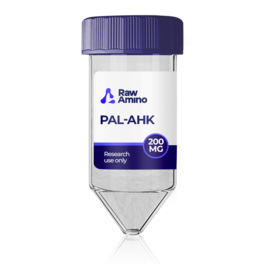
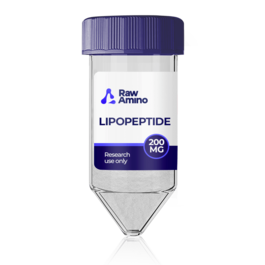
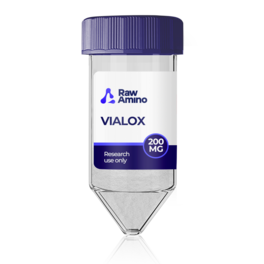
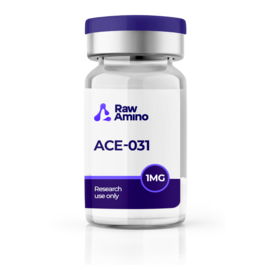
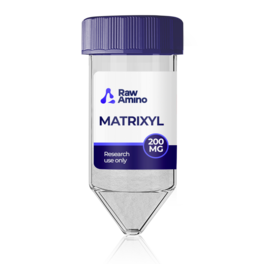
Reviews
There are no reviews yet.